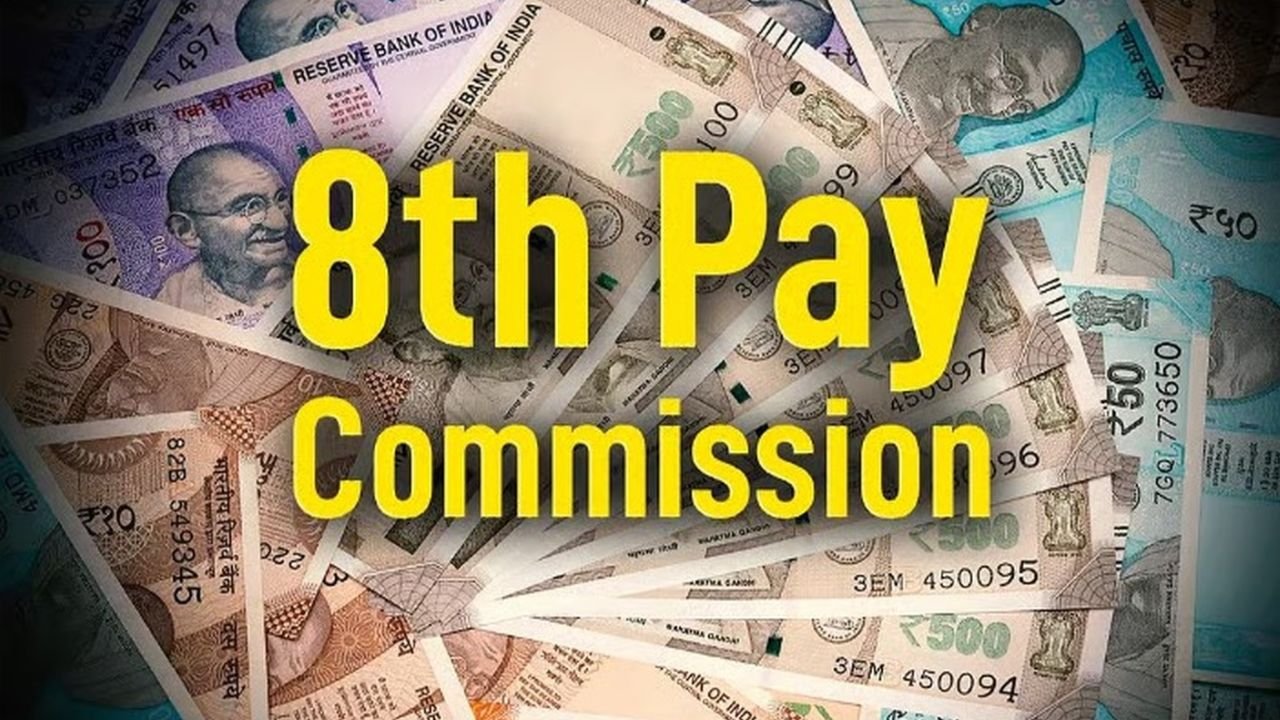8th Pay Commission: When the government talks about the 8th Pay Commission, it’s more than just numbers on paper. For millions of central government employees and pensioners, it means waiting, hoping, and sometimes dealing with uncertainty. One scenario that’s getting traction is this: 18 months of arrears and a salary hike starting July 2027. Is this the best realistic outcome? Let’s dig in.
What’s the Current Situation & Why the Delay?
- The 8th Pay Commission was endorsed by the Union Cabinet in January 2025, but key steps like appointing members, finalizing Terms of Reference (ToR), and defining scope are still pending.
- Historically, setting up a pay commission and implementing its recommendations takes time — often 18–24 months or more.
- Speculation is that timelines may slip: instead of early 2026, rollout might only be feasible by mid or late 2027.
- Given all that, some employee bodies and analysts say we should mentally prepare for the “best case scenario” to be precisely that — a July 2027 launch with back pay (arrears) covering 18 months.
What Does “18-Month Arrear + July 2027 Rollout” Actually Mean?
- Arrears here refer to the delayed payment for the period when salaries should have been higher had the commission been implemented earlier. So 18 months indicates back pay from January 2026 to June 2027, assuming that is the retrospective period agreed upon.
- Rollout from July 2027 means that new salary scales, with the revised basic pay and allowances, start applying from July.
In effect, employees would get two things at once: the past (unpaid raises) and the present (higher pay from July onward).
Pros: Why Employees Would View This as the “Best” Scenario
- No further waiting: Getting a launch in mid-2027 would avoid dragging the process into 2028 or beyond.
- Fair compensation for the delay: Arrears help reduce the income loss many may face during the delay period.
- Clarity and predictability: It sets a boundary for expectations — “Okay, July 2027 is the new baseline.”
- Avoids worse losses: If there were no arrears, or if the hike is delayed further, employees lose both time value of money and morale.
Risks & Downsides to This Scenario
- If the fitment factor (the multiplier deciding how much salaries increase) is set low, the higher basic pay may still feel inadequate. There’s talk of factors between 1.82 and 2.46 being floated.
- The assumption that 18 months is fair may itself be contentious — some may push for arrears from January 2026 (i.e. full 30 months, if delay continues) or retroactive from other dates.
- Inflation and cost pressures mean that even with arrears, real value might erode.
- Government and finance ministry constraints may force trimming allowances, delaying certain benefits, or cherry-picking which arrears to actually pay.
What Could Be Better Than “Best Case”?
If things go exceedingly well, the ideal outcome (rare but possible) could include:
- A fitter, more generous fitment factor (closer to upper ranges).
- Arrears for more than 18 months (i.e. from the date 7th commission ended).
- Inclusion of full allowances, pension revisions, and enhancements in benefits.
- A rollout slightly earlier than July 2027, if processes are expedited.
But realistically, bureaucratic inertia, political pressures, fiscal limits, and inter-ministry negotiations make that “super ideal” scenario unlikely.
My Take: Is It “Best Case” or “Least Bad”?
To me, yes — 18-month arrears with a July 2027 launch might well be the best practical scenario for employees under current conditions. It balances ambition with realism:
- It’s not perfect — employees would prefer more arrears, earlier rollout, and generous increments.
- But it’s probably as far as one can push without derailing government finances or causing political fallout.
If I were advising employee organizations, I’d push for this and also reserve negotiable space — demand higher arrears if possible, stand firm on fitment factor, but accept that July 2027 may be the new frontier.
